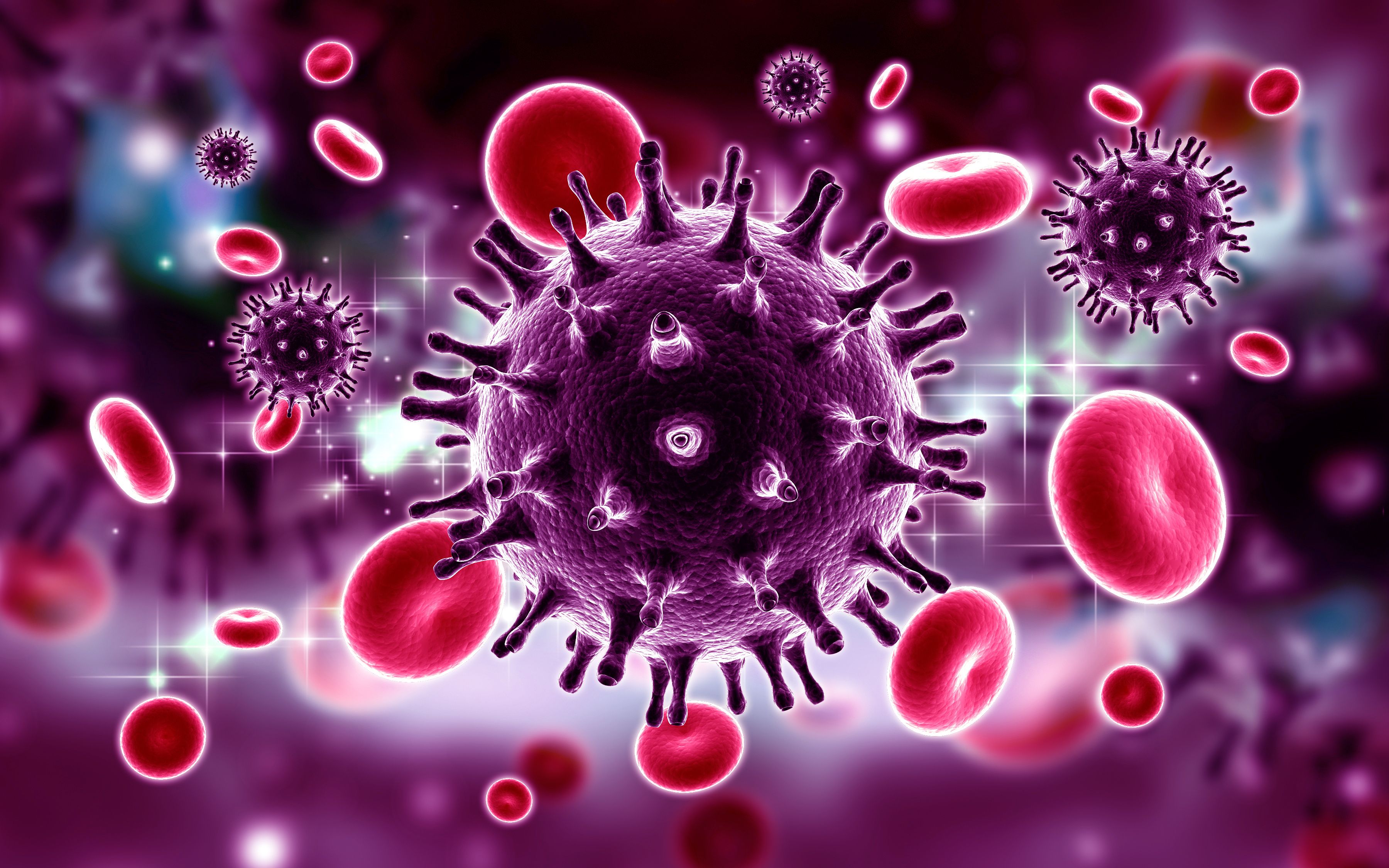- Center on Health Equity & Access
- Clinical
- Health Care Cost
- Health Care Delivery
- Insurance
- Policy
- Technology
- Value-Based Care
Implementation of HIV Molecular Cluster Detection in US
The CDC uses molecular cluster detection to find the transmission of HIV that could pinpoint where there are gaps in HIV care.
Tracking HIV in the US could be beneficial following the Joint United Nations Programme on HIV/AIDS that proposed the 95-95-95 goal to have 95% of people aware of their HIV status, on treatment, and virally suppressed.1 Molecular cluster detection in the US started in 2016 and has been conducive in identifying those with HIV and identifying care gaps, according to a new report in Emerging Infectious Diseases.2
Rapid transmission of HIV through either sexual contact or drug use is defined as HIV clusters.3 A network indicates any who are in an HIV cluster and those with whom they share sexual encounters or drugs who could also have HIV. The CDC began to detect clusters proactively after an outbreak of HIV in 2016 using the National HIV Surveillance System data. Health departments (HDs) are able to report HIV to the CDC when they encounter instances of HIV. This report aimed to examine how molecular HIV cluster detection was implemented throughout the country at both the national and state, tribal, local, and territorial (STLT) levels. The contribution to overall cluster detection in the country was also evaluated.
HDs collect clinical, laboratory, demographic, behavioral, and vital data from all patients who test positive for HIV. HIV sequence data was reported in 27 jurisdictions from 2016 to 2017 and expanded to 59 HD HIV surveillance programs starting in 2018. All HDs had access to the Enhanced HIV/AIDS Reporting System to provide all data. The conduction of national cluster detection was performed after the creation of the quarterly preliminary national-level dataset. National priority clusters were defined using a 0.5% genetic distance threshold, with clusters with 3 or more diagnoses of HIV in 1 year having high rates of transmission. National priority clusters were identified, and current clusters were monitored each quarter. The jurisdiction of the cluster was defined as the jurisdiction where more than 50% of the cluster members lived.
The CDC has been able to track HIV clusters at both a national and state/local level since 2016 | Image credit: RAJCREATIONZS - stock.adobe.com

All HDs were capable of collecting data each month starting in 2018 using Secure HIV-Trace. This hardware was then used to automatically identify clusters and monitor their growth by May 2023, which allowed for easier tracking of any cluster that met the national priority criteria set out by the CDC. Cluster report forms were required by STLT HDs to submit each quarter starting in 2020. This report analyzed the number of diagnoses of HIV that were reported through HIV sequence data detected through the national molecular analysis from 2018 to 2023. The authors also analyzed data reported on cluster report forms to characterize the clusters that were identified at the state and local levels from 2020 to 2023.
A total of 52% of HIV diagnoses from 2021 to 2023 had sequences available, which was an increase from 41% when sequencing was started in 2016 to 2018. There was a median (IQR) of 34 (20-50) days between when a sample was collected and when the sequence was received at the HD.
There were 404 national priority clusters, with a mean (range) of 67 (48-77) new clusters detected per year between 2018 and 2023 that were detected by the CDC. There was a median of 7 (3-24) individuals per cluster at the time of detection, which grew to a median of 13 (3-193) individuals by December 2023. There were 18% of the clusters that were national priority clusters by December 2023 of the 404 clusters. A total of 80% of the clusters involved more than 1 jurisdiction.
There were 403 clusters reported by HDs to the CDC between 2020 and 2023, of which 298 (74%) were detected through molecular analysis at the state or local level. A total of 83% of those 298 were first detected through state or local analysis. The South of the United States reported 48% of the clusters. Molecular clusters that were first detected through analysis on the state or local level had a median size of 7 (2-85) at detection. Most of the clusters also met national priority criteria (90%).
The authors concluded that the ability to detect molecular clusters “enables us to identify rapid HIV transmission that would have previously been unrecognized.” The ability to recognize these clusters, the authors continued, “creates new opportunities to identify and close gaps in HIV prevention and care services and advances efforts to end the HIV epidemic in the United States.”
References
- Understanding measures of progress towards the 95-95-95 HIV testing, treatment and viral suppression targets. UNAIDS. March 11, 2024. Accessed May 14, 2025. https://www.unaids.org/en/resources/documents/2024/progress-towards-95-95-95
- France AM, Hallmark CJ, Panneer N, et al. Nationwide implementation of HIV molecular cluster detection by Centers for Disease Control and Prevention and state and local health departments, United States. Emerg Infect Dis. 2025;31(13):80-88. doi:10.3201/eid3113.241143
- HIV cluster detection and response. CDC. Accessed May 14, 2025. https://www.cdc.gov/hivpartners/php/cdr/index.html
Elevating Equitable Health Care for the LGBTQ+ Community
June 18th 2024For the third episode in our special Pride Month series, we speak with Patrick McGovern, CEO of Callen-Lorde since August of 2023 and an outspoken advocate for HIV; lesbian, gay, bisexual, transgender, queer, plus (LGBTQ+); and community health.
Listen
Community Outreach Is Enabling CeSHHAR to Close HIV Care Gaps in Zimbabwe
April 6th 2021The Centre for Sexual Health and HIV/AIDS Research Zimbabwe conducts evidence-based research related to HIV and AIDS, as well as provides and implements sexual and reproductive health education and interventions among sex workers, children, and adolescents, and in the area of masculinity.
Listen
